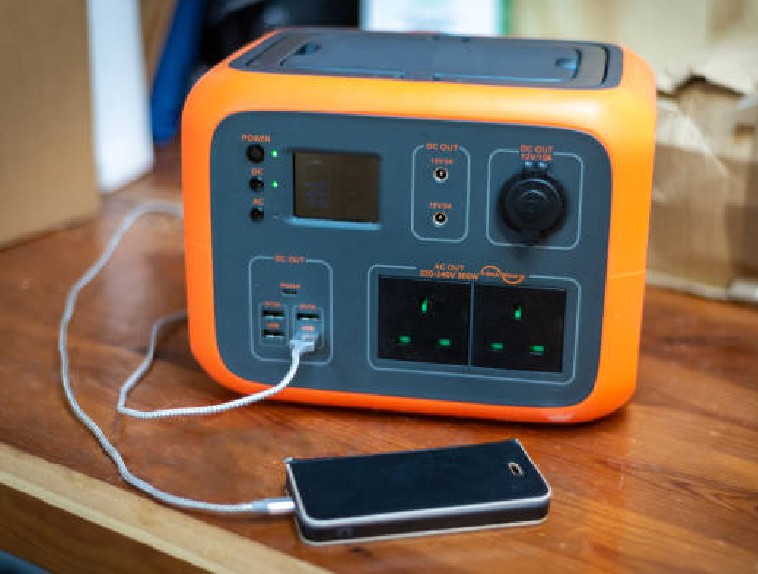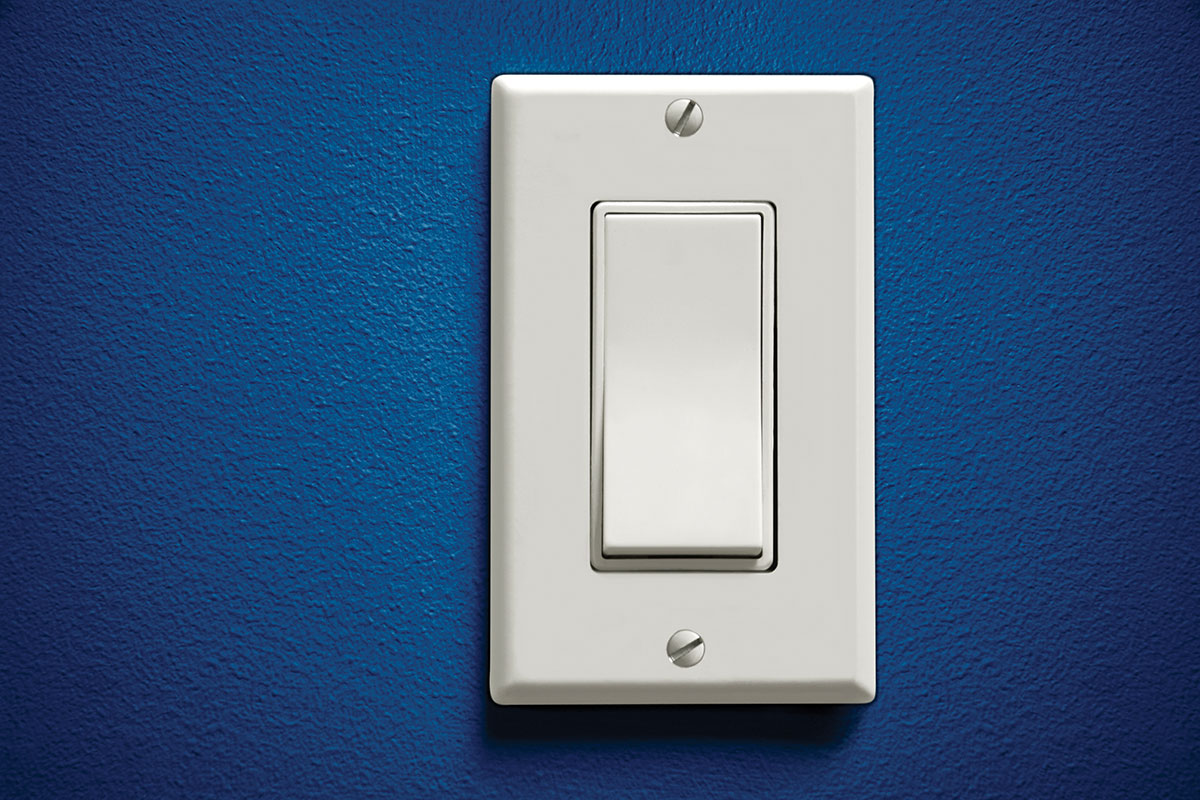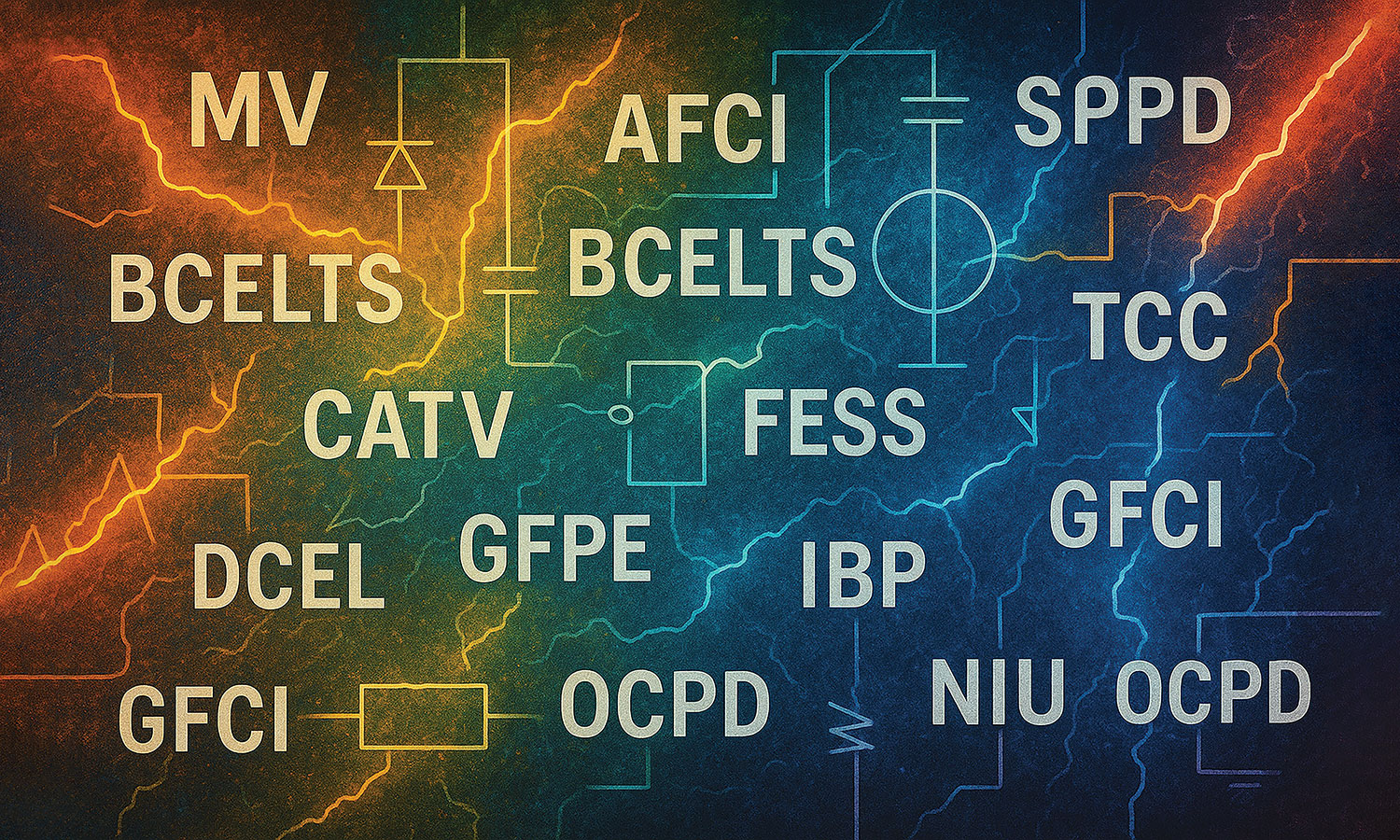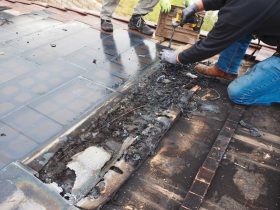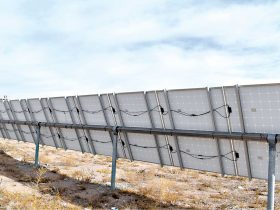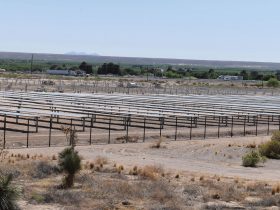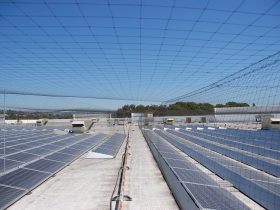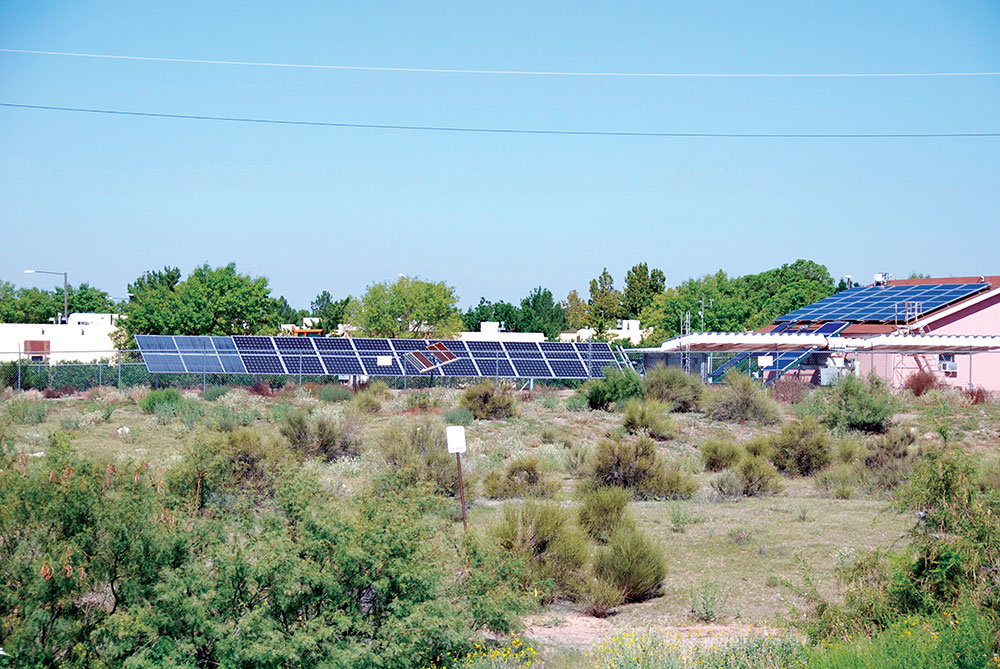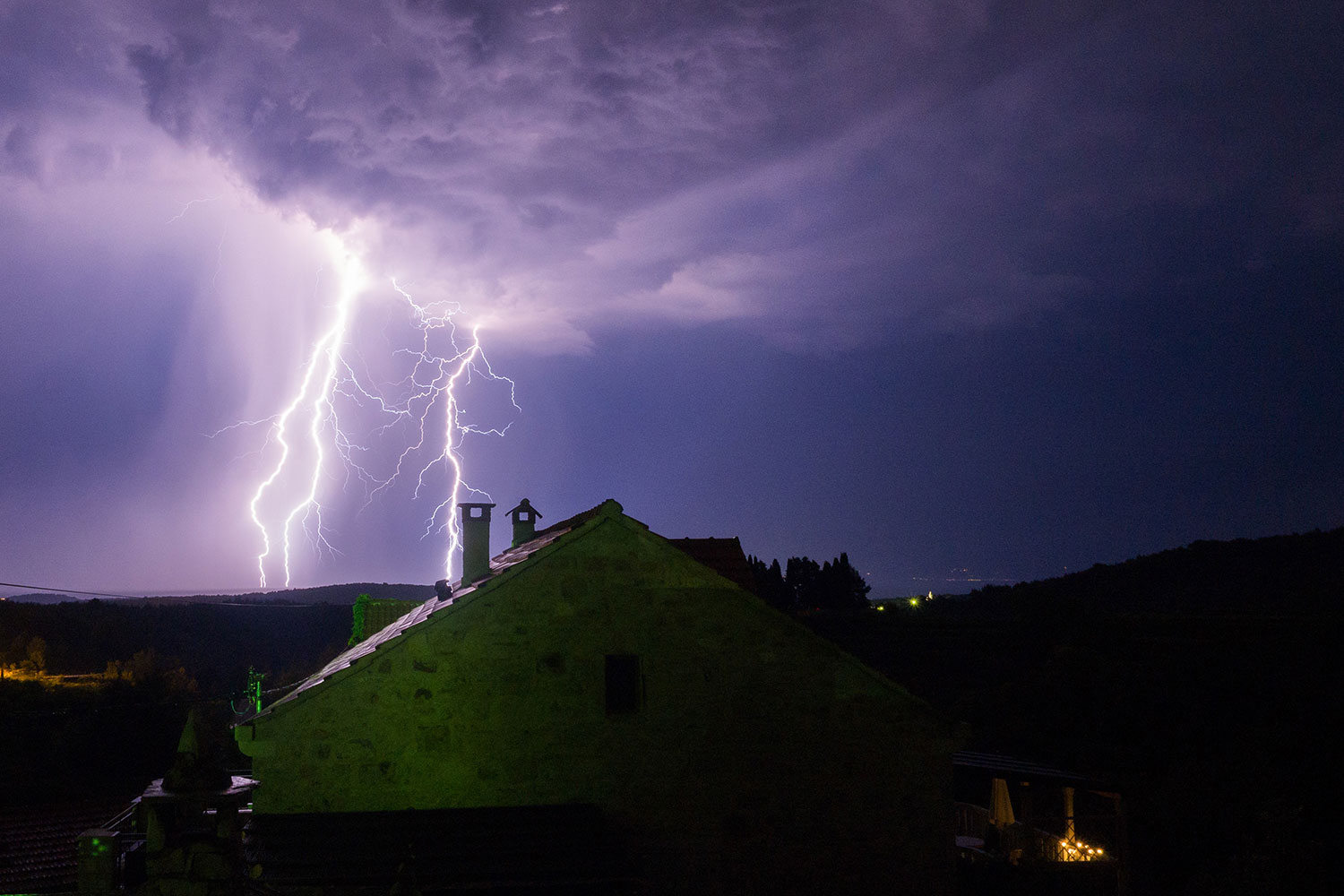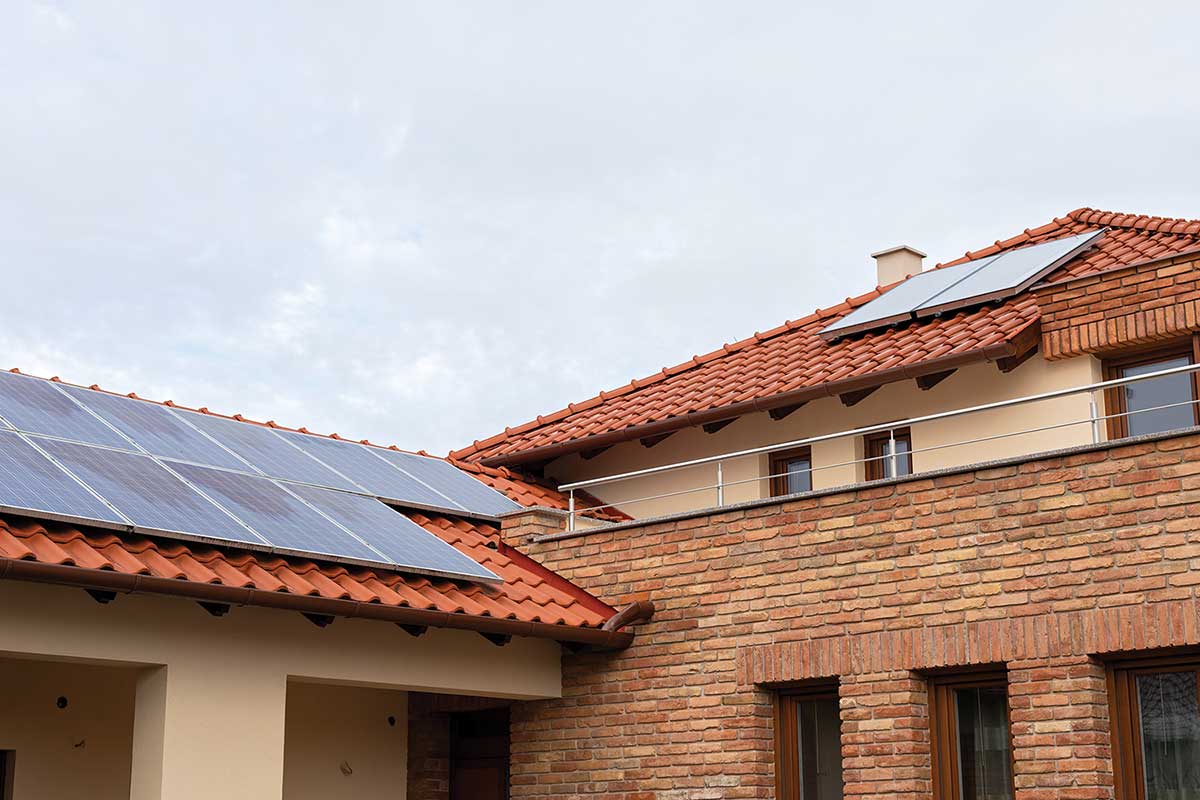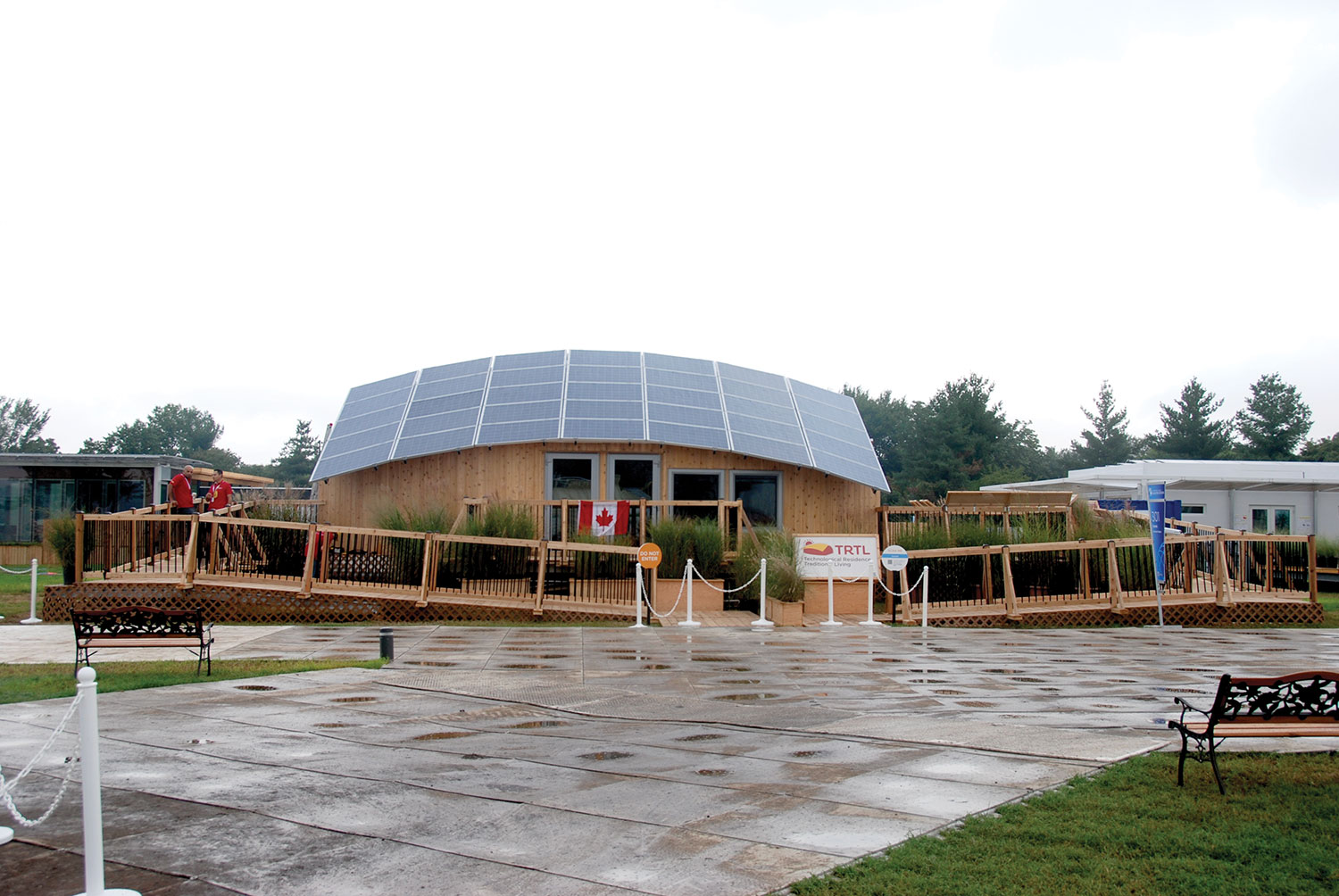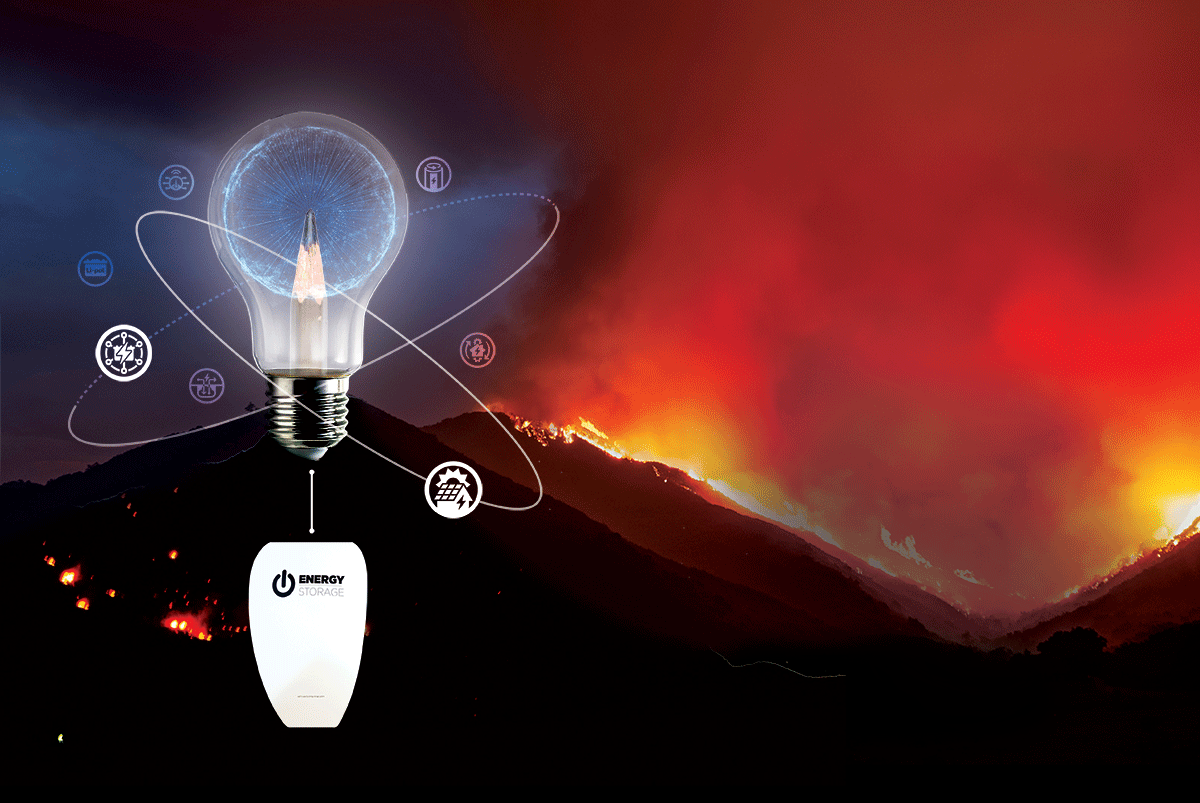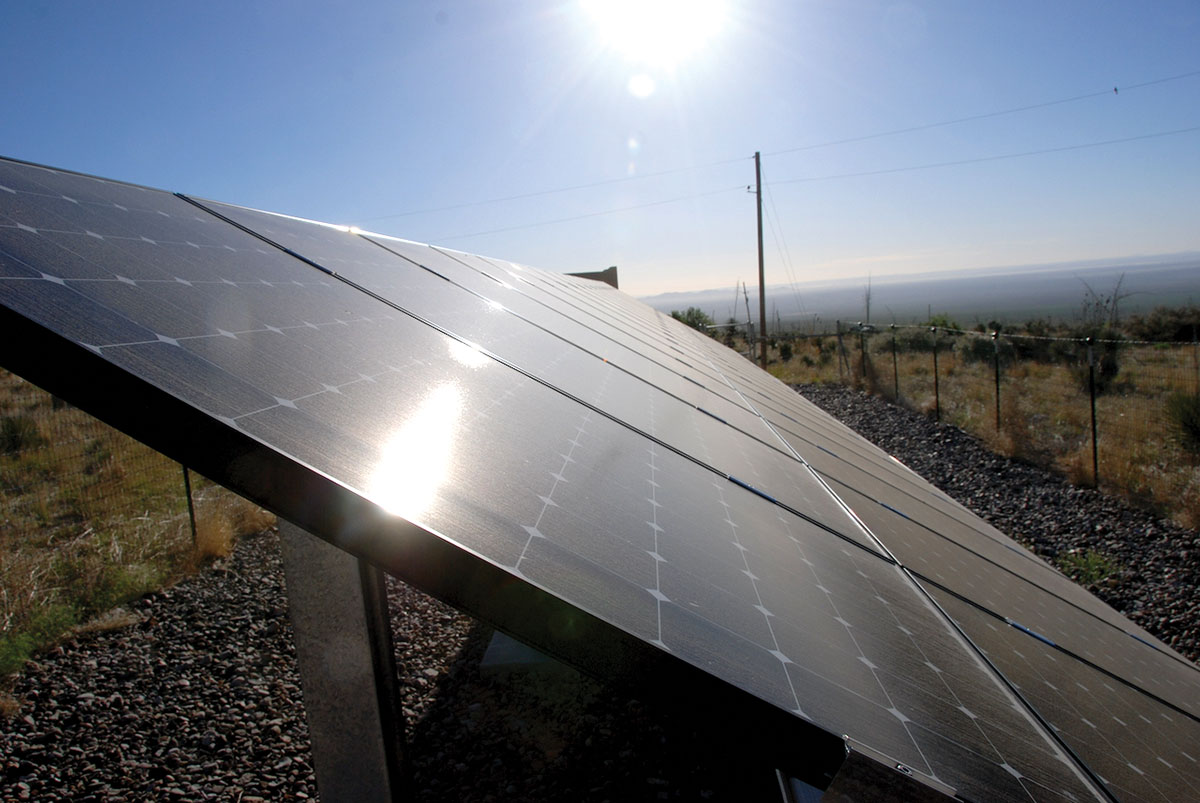The National Electrical Code requires several systems to reduce the possibility of fires in PV systems and to protect fire fighters.
The module and string voltages and the inverter DC inputs are critical issues since we will be experiencing widely varying weather conditions throughout the country in the years and decades ahead.
Starting in this article, we’ll enter the forest and start looking at the individual trees (PV equipment and NEC requirements) in some detail.
As photovoltaic power (PV) systems become increasingly common due to an increasing awareness of climate change issues, including severe storms and very large forest fires, both new and seasoned code enforcement people sometimes get buried in a forest of trees dealing with code minutia and issues.
Various organizations, including manufacturers, universities, and specifically tailored groups devoted to the application of direct current to devices in our daily lives, are deeply involved in the research, study, and application of DC circuits, DC devices, and DC microgrids.
Some actions can make the residential, commercial, and even larger PV systems more resilient and robust under the impending threat of more frequent severe weather.
As appliance and HVAC system efficiencies increase, load-side PV connections associated with smaller PV systems will be with us in great numbers.
Supply-side connected PV systems require renewed attention due to the more detailed requirements added to the 2020 NEC.
There have been substantial changes in various sections of the 2020 NEC, particularly in Article 706, which deals with energy storage systems (ESS). These changes suggest that we tread carefully when applying the various Code sections to a particular energy storage system.
This article will present an overview of some of the new PV systems that have evolving requirements in the NEC. They will include energy management systems (EMS), microgrid interface devices (MID), power control systems (PCS), DC microgrids (DCM), and energy storage systems (ESS).


